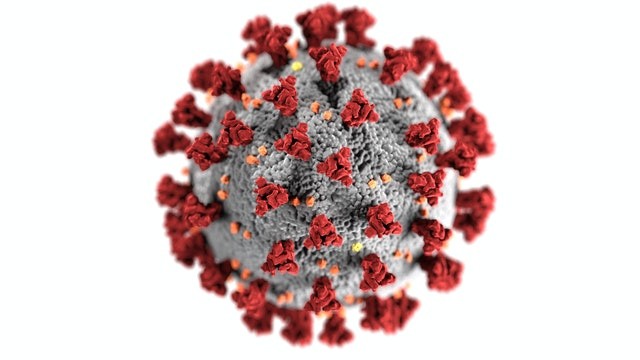A recent outbreak of the Nipah virus in India has prompted the issue of whether authorities should begin to think of it as a potential future danger and start preparing our defenses now.
In 1998, the Nipah virus was discovered in Malaysia. Cases like the recent death of a youngster in Kerala, India, have sparked fears that it might evolve and improve its transmission efficiency, leading to global dissemination.
That prospect is terrifying, given that the virus presently has a case fatality rate of over 50% and no vaccination or tried-and-true treatment.
Risk Assessment

However, before experts devote resources to developing a vaccine for Nipah, they must determine whether it poses a genuine pandemic danger. Even if it is, there are other viruses out there, so we need to figure out where it belongs on the priority list.
There is a need to look at how the virus spreads and replicates to determine the danger.
A paramyxovirus is Nipah. It's linked to a human virus called the human parainfluenza virus, one of the few viruses that may cause a cold.
Fruit bats, big and tiny flying foxes found across South and Southeast Asia, are natural hosts. But, too far, all occurrences of Nipah virus infection in humans have been caused by direct or indirect contact with infected bats.
Bats' illness is sub-clinical. Therefore it remains unnoticed for the most part. However, a virus is discharged in the urine, ensuring transmission within and between colonies through grooming and crowding.
The primary method of viral transmission to humans is through fruit or fruit juice contaminated with bat urine.

Bat population density, virus prevalence, and individuals drinking raw date palm sap are the primary elements explaining the transmission pattern, according to long-term research in Bangladesh, where Nipah virus epidemics occur regularly. While the fluid is being tapped from the date palm tree, the bats contaminate it, then consume it locally.
This is a significant finding. Better transmitting viruses emerge while circulating among human, not animal, hosts, as we have observed with SARS-CoV-2.
As a result, limiting the number of infections in individuals decreases the death rate from Nipah and the risk of viral adaptation. Stopping the spread of the virus eliminates the potential of a pandemic.
Human Infection
In the event of human infection, only intimate contacts of the primary infected individual, such as family members or, if the person is hospitalized, hospital workers, have been affected.
Because the Nipah virus's receptors, which it utilizes to enter cells, are concentrated in the brain and central nervous system, there is no widespread transmission.
In most cases, Nipah infection results in mortality due to acute encephalitis, as the virus multiplies best in tissues where it is easiest to penetrate cells.
The virus replicates in the vasculature, blood vessels that offer a pathway for the virus to migrate from eaten foods to the brain system. However, the predilection of the central nervous system may explain why onward transmission is restricted. From there, the pathogen cannot readily spread.
Of course, a sick person will have a virus all on them, but unlike Ebola, the virus is not easily transferred through the respiratory system and instead needs contact or the transfer of bodily fluids. To infect someone else, you must be nearby.
Low Chance of Being a Full Blown Pandemic

While this does not rule out the possibility of a pandemic, the chances of the virus mutating to replicate in the upper respiratory system, where it would most likely be more transmissible, are slim. Like other zoonotic illnesses, the actual spillover occurrence from bat to human and the persons directly impacted is more of a concern than the potential for epidemic transmission.
There is a justification for a Nipah vaccine, but it should be used as an emergency measure for people who have come into contact with a primary case rather than as part of a broader immunization program.
The rationale against it is based on the fact that absolute numbers are few, prices are high, and outbreaks are so rare that conducting a clinical study would be extremely difficult. In addition, therapeutic antibodies have been demonstrated to be successful in studies, making them a lot more viable therapy option in the near term.
Vaccine Rollout
The rapid development of vaccinations against SARS-CoV-2, a new coronavirus, has given a route out of this pandemic. If vaccinations for potentially harmful viruses can be created and stored, they can be used as soon as a new epidemic is discovered. Then, society would be ahead of the game, and a pandemic would be averted.
This strategy is admirable, but it is based on the assumption that viruses with pandemic potential can be recognized in advance, which is challenging. It also carries the danger that a "don't worry, there's a vaccination" mentality may lead to the neglect of simpler prophylactic measures.
Read also: Plague 2021: Scientists Recorded Person-to-Person Transmission of Drug-Resistant Yersinia Pestis
For more health and medicine related news, don't forget to follow Nature World News!
© 2025 NatureWorldNews.com All rights reserved. Do not reproduce without permission.





